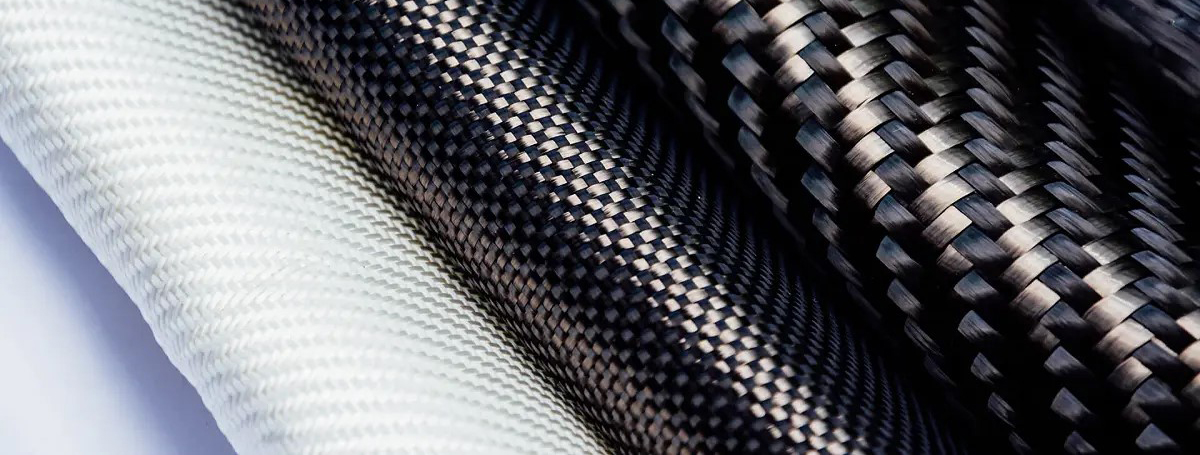
Technical Information About Composites
Composite materials are created by combining two or more materials with different properties. These diverse materials imbue composites with superior and unique characteristics, such as high strength and design flexibility. Generally, composites are formed by reinforcing thermoset or thermoplastic resins, to which resin additives have been added, with fiber reinforcements (such as glass, carbon, aramid, etc.) or fillers. This mixture is then subjected to a specific process, resulting in hardening, and the resulting product is referred to as a composite. Therefore, the terms "reinforced plastics" and "composite" are synonymous.
Properties and Advantages of Composite Products
- Dimensional Stability: They remain stable in various mechanical and environmental conditions, preserving their shape and functionality. (Dimensional Stability)
- Electrical and Water Insulation: Composites have electrical and water insulation properties. (Dielectric Resistance)
- Designed for Harsh Environments: Composite products are designed for use in challenging environmental conditions and do not require additional painting or surface treatment to resist corrosion. (Corrosion Resistance)
- Lightweight: Despite being lighter than metals, they are more robust, reducing application time and costs, and making them easy to install. (Lightweight)
- Strength: Composites are among the most effective materials in terms of providing high strength values. (Strength)
- Design Flexibility: They can be designed for various purposes, ranging from complex to simple, large to small, structural to aesthetic, decorative to functional. (Design)
- Surface Applications: Polyester resin used in composite products can be colored with special pigment additives to produce self-colored surfaces suitable for the purpose. (Surface Applications)
- Class A Surface Applications: Unlike plastics, they can undergo painting processes to create high-performance surfaces. They are available in a wide range of colors and can be cut with a saw, drilled with a drill, and used with screws, silicone, and adhesive. (Class A Surface Applications)
- Self-Extinguishing: They can self-extinguish and delay combustion. (Flame Retardancy)
- Heat Resistance: Composites do not soften or deform because they are made with thermoset plastics. They have high heat resistance. (Heat Resistance)
- Use of Different Materials: Composites can incorporate materials like iron, wood, ropes, wires, cardboard, polyurethane foam, etc., to differentiate their mechanical properties. (Use of Different Materials)
- Ease of Molding: Composites eliminate the need to assemble many parts, typical in steel-type traditional materials, through one-piece molding. (Ease of Molding)
- Transparency: Composites can be as transparent as glass, allowing for the diffusion of light. This is advantageous in applications such as greenhouses and solar collector construction. (Transparency)
These properties and advantages make composites a versatile and valuable material for a wide range of applications in various industries.
